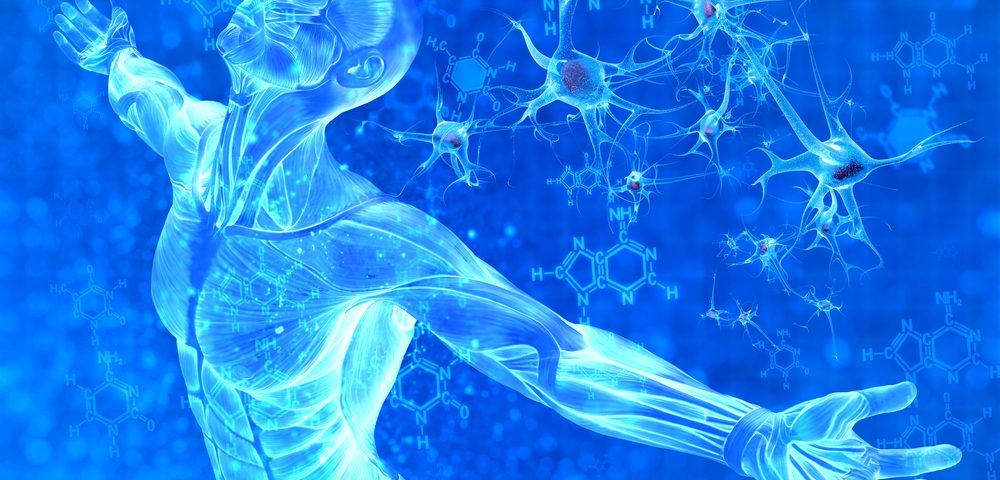Induced pluripotent stem cells (iPSCs) can be generated from adult cells. Because iPSCs have the potential to develop into any cell type in the human body, they hold an enormous therapeutic potential in a variety of conditions, including cardiac diseases, Alzheimer’s, Parkinson’s disease, spinal cord injury, and diabetes.
A team of researchers from Lonza in Walkersville, Maryland, developed clinical-grade iPSCs (iPSCs that are safe for patients) from human umbilical cord blood cells collected following a healthy birth. These cells, described in the study “cGMP-Manufactured Human Induced Pluripotent Stem Cells Are Available for Pre-Clinical and Clinical Applications,” published in Stem Cell Reports, are now available for order, which will facilitate clinical research on iPSCs.
Clinical-grade stem cells are different from the more common laboratory-grade cells, which are used in most scientific animal- or cell culture-based studies, because they are manufactured according to strict regulation established by the U.S. FDA, in what is known as current good manufacturing practices (cGMP). By using cGMP guidelines, researchers ensure that each batch of cells will meet quality and safety requirements for potential clinical application.
The development of this cell line was supported by the National Institutes of Health (NIH) Common Fund’s Regenerative Medicine Program, and the cells will be distributed by the National Institute of Neurological Disorders and Stroke (NINDS) Human Cell and Data Repository (NHCDR).
“The Common Fund aims to accelerate research progress by developing new tools and resources for the biomedical research community through strategic investments in high-impact research,” James M. Anderson, MD, PhD, director of the NIH Division of Program Coordination, Planning, and Strategic Initiatives, which houses the Common Fund, said in a press release.
“Since meeting cGMP guidelines is very time-intensive and costly, providing access to clinical-grade stem cells removes a significant barrier in the development of cell-based therapies,” he said.
NHCDR is an iPSC-based biobank led by Rutgers University CDR Infinite Biologics, that also has laboratory-grade iPSCs developed by the NIH Regenerative Medicine Program. These cells are suitable for laboratory studies that will enhance scientific knowledge on iPSCs differentiation into specific cell types, and will eventually lead to the use of clinical-grade iPSCs in humans with particular diseases.
A number of studies have already reported significant progress with stem cell therapy. Researchers have not only been able to restore limb function in mice with spinal cord injuries, as iPCSs generated to produce insulin have reversed diabetic conditions in mice.


